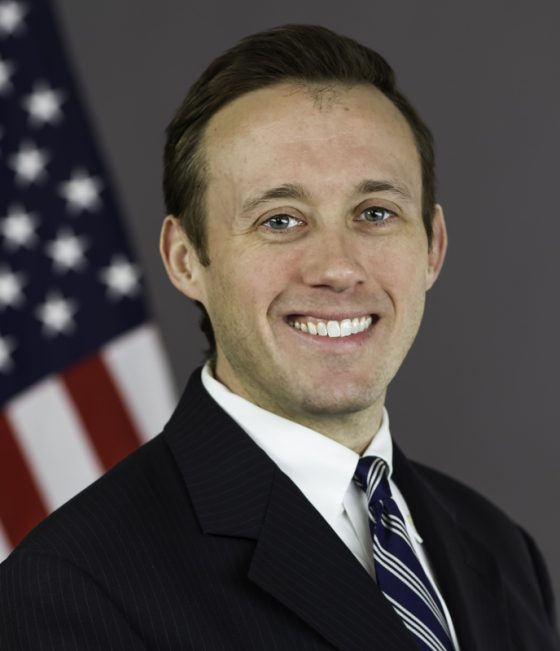The Securities and Exchange Commission (SEC) recently named James Reese as the Chief Risk and Strategy Officer for the Office of Compliance Inspections and Examinations (OCIE), which also leads the Office of Risk and Strategy (ORS). These offices assess companies’ and products’ risk to the financial markets and influence the SEC’s rule-making initiatives, among other actions. OCIE conducts the SEC’s National Exam Program (NEP), which was created to protect investors, ensure market integrity and support responsible capital formation through risk-focused strategies that:
products’ risk to the financial markets and influence the SEC’s rule-making initiatives, among other actions. OCIE conducts the SEC’s National Exam Program (NEP), which was created to protect investors, ensure market integrity and support responsible capital formation through risk-focused strategies that:
- improve compliance
- prevent fraud
- monitor risk
- inform policy
Risk Management Monitor reached out to Reese to find out what he has in store for his office and U.S. businesses.
Risk Management Monitor: Your office administers the NEP to businesses to ensure they are operating in compliance with the law and the SEC rules. Can you describe the information you gather and how it is used?
James Reese: During examinations, we may request and review policies and procedures, supervisory processes, trading activity or any other aspect of a registrant’s business. The results of the NEP’s examinations are used by the SEC to inform rule-making initiatives, identify and monitor risks, improve industry practices and pursue misconduct. The NEP maintains a critical presence among market participants by conducting thousands of exams annually. This provides us with timely, accurate, and reliable information to assist the program and SEC in fulfilling its mission.
RMM: You had been OCIE’s acting chief since shortly after its inception. How has the office grown and what is your vision for the next five to 10 years?
JR: Now that we have built synergies across groups, the focus is turning more toward enhancing our risk assessments, providing better support to exam teams, improving our technology and using big data.
Centralizing the staff has led to a more cohesive approach to risk assessment and more opportunities to collaborate and take advantage of cross-discipline problem-solving.
It has also helped us prioritize those areas where we can make the greatest impact on the NEP, allowing not only our office to maximize its limited resources but in turn also allowing us to focus on how we can provide exam teams tools and data to maximize their resources.
Ultimately, our office’s goals are wide-ranging and include:
- identifying risks to investors, particularly retail investors, and the markets
- assisting the home and regional offices in identifying exam candidates
- developing technology tools and quantitative approaches that exams teams can use to, for example, identify potentially problematic practices at firms and more quickly analyze trading activity
- monitoring and examining some of the largest financial firms to understand the various market and their operational risks
RMM: What risks are you closely monitoring (or are most influential)?
JR: Since 2013, OCIE has annually published its examination priorities, which generally reflect certain practices, products and services that OCIE believes may present a heightened risk to investors and/or the integrity of the financial markets. In 2018, as in prior years, we have prioritized matters of importance to retail investors, including seniors and those saving for retirement. This translates to pursuing examinations of firms that provide products and services directly to retail investors and focusing on the disclosure and sales practices associated with higher risk products.
We are also focusing on risks to market infrastructure, cybersecurity as well as firms’ anti-money laundering requirements.
RMM: How has a risk manager’s role (and/or its importance) changed since you began at the SEC in 1999?
JR: I have seen more firms identify individuals to either serve as a chief risk officer or build out their risk management function. As SEC Chairman Jay Clayton noted in his recent remarks at the Equity Market Structure Symposium: “One of the few certainties of trading markets is that they continually evolve. New technologies spur new market mechanisms, which, in turn, lead to new trading practices.”
Risk managers face an increasingly difficult task of identifying and triaging these changes, and also having to be proactive. Trying to look around corners, identify emerging issues and spot trends before they metastasize within an organization is the cornerstone of any good risk organization and ORS spends a great deal of time on those activities, as well.
